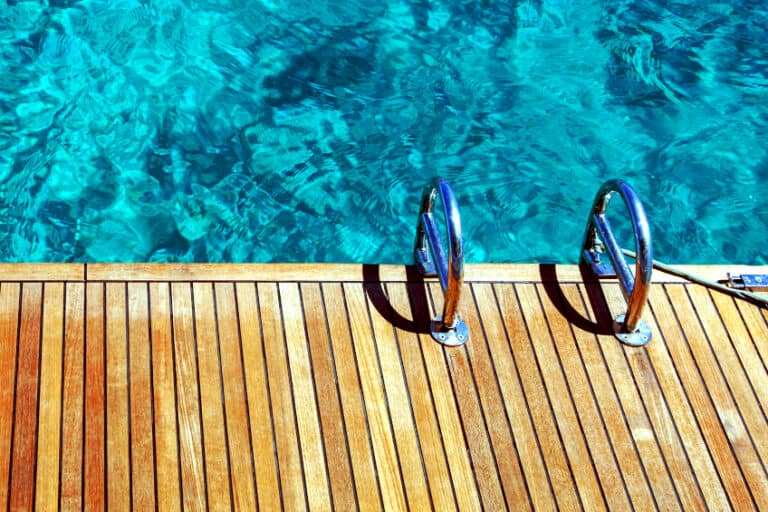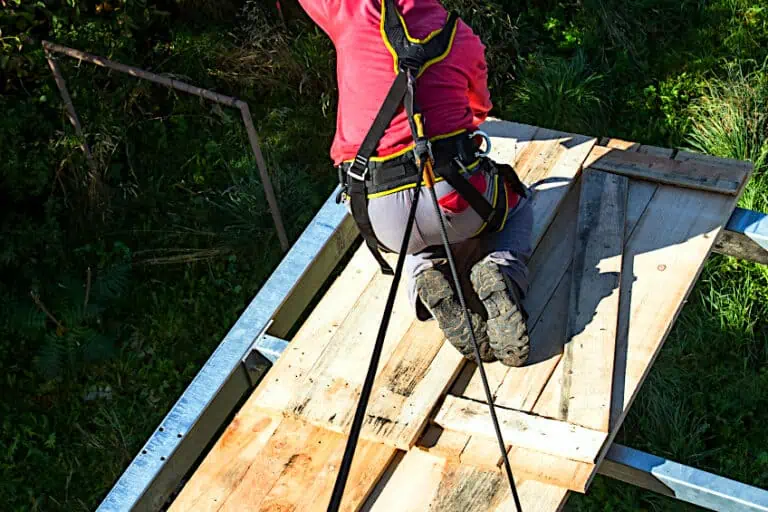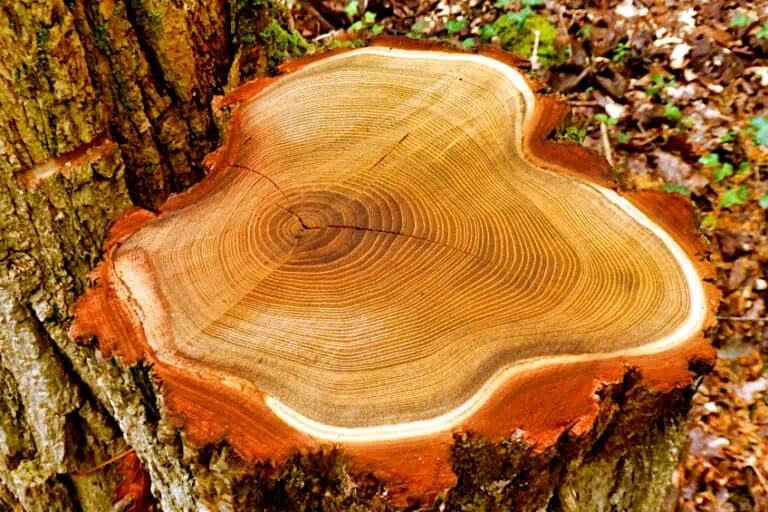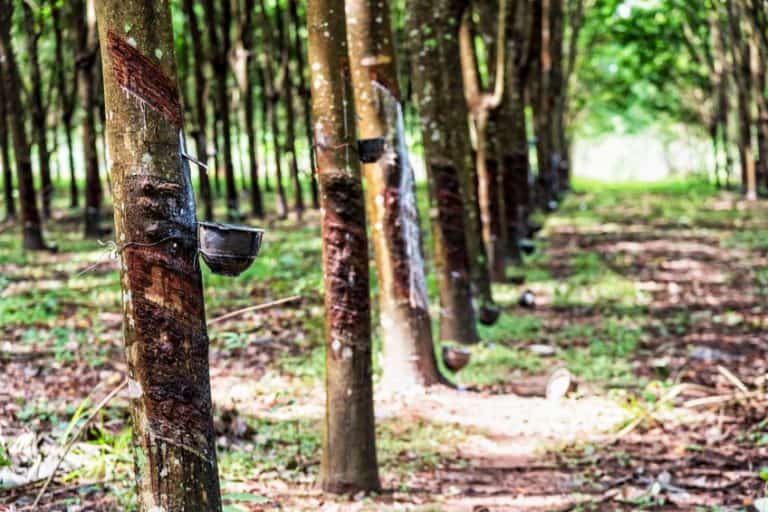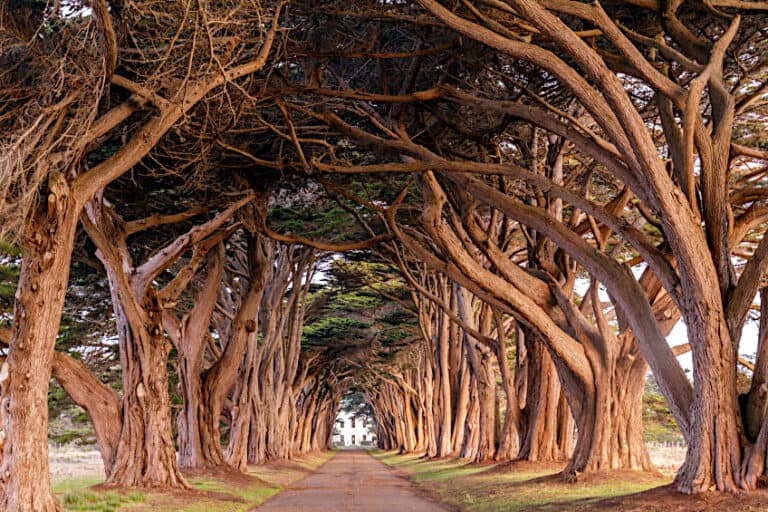Pine vs. Poplar – Choose the Best Wood for Your Project
Furnishings: Until we need them, we don’t really pay them much attention, that is, until it comes time to choose one for our homes. Whether it be a kitchen countertop, a set of shelves, or something as mundane as a bookcase, our choice in the wood often defines the workpiece itself. Two of the most popular choices when it comes to indoor furnishings like shelving, tables, chairs, and even doors are pine wood and poplar wood. These woods are readily available, share some important properties, are extremely durable, and look pretty good in any setting. The question is then, which is better? The argument of pine vs poplar goes back further than most of us have been alive, so let’s try and settle this argument once and for all. Below is a deep dive into the pine vs poplar argument, including what their respective strengths and weaknesses are and which areas these woods excel in respectively.
Table of Contents
Overview: Poplar Wood vs. Pine Wood
As we mentioned previously, we decided to include a deep dive into poplar wood vs pine, and what better way to kick off the party than with an in-depth analysis of both woods individually? Let’s have a look at some of the natural characteristics of these woods and how they stack up against one another. Remember that no wood is universally perfect, so whichever one you choose (if any) will have its respective drawbacks, but these trade-offs are often small and can be compensated for fairly easily.
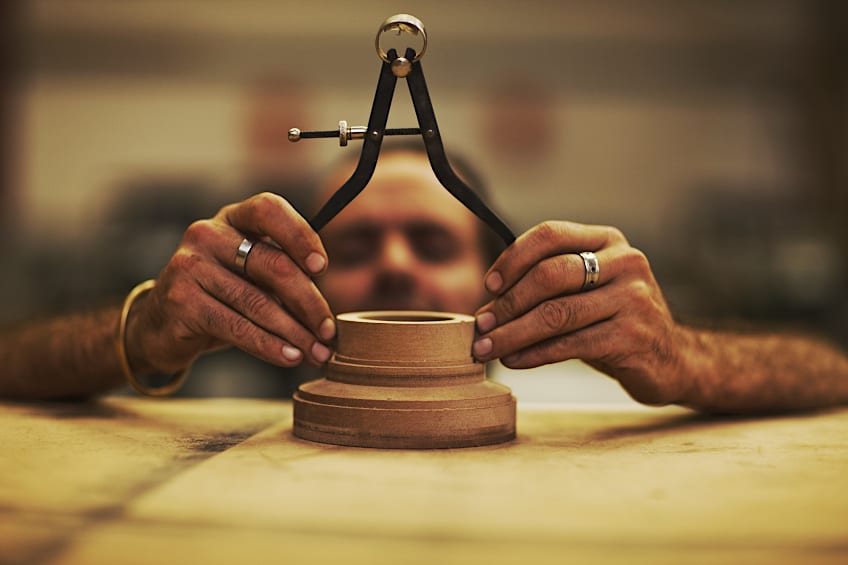
Poplar Tree Wood
It wouldn’t be much of a stretch to say that most of modern America is built on poplar wood. Why? Poplar trees and the wood that comes from them are some of the most popular types of lumber in the US. Colloquially, this wood is referred to as Tulipwood or Tulip-poplar in woodworking circles. It grows in abundance in the Eastern parts of North America and is highly sought after due not only to it being readily available, but because it is easy to work with and has a naturally appealing aesthetic that is easy to stain, paint, pressure treat, cut, and turn.
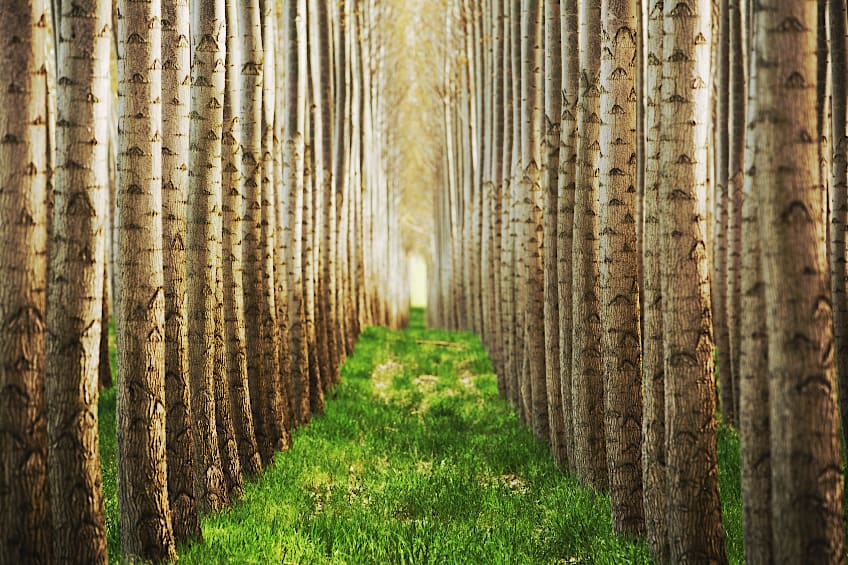
The sapwood of this tree (the wood located closest to the bark of the tree) is typically white in color, with the heartwood (the wood closest to the center of the trunk) usually being orange in appearance. Besides the color, the grain of the wood is typically straight and tends to be quite moderately spaced compared to other hardwoods in its class.
This type of spacing in a wood grain is usually a good indication of its density; woods that have a decently spaced grain are usually less dense and are therefore much less heavy than those with grains that are tightly packed together. The combination of these characteristics is what makes this wood a pleasure to work with, and because it takes to adhesives like glue and resin pretty well too, it should come as no surprise that DIY crafters and commercial woodwork companies swear by this board.
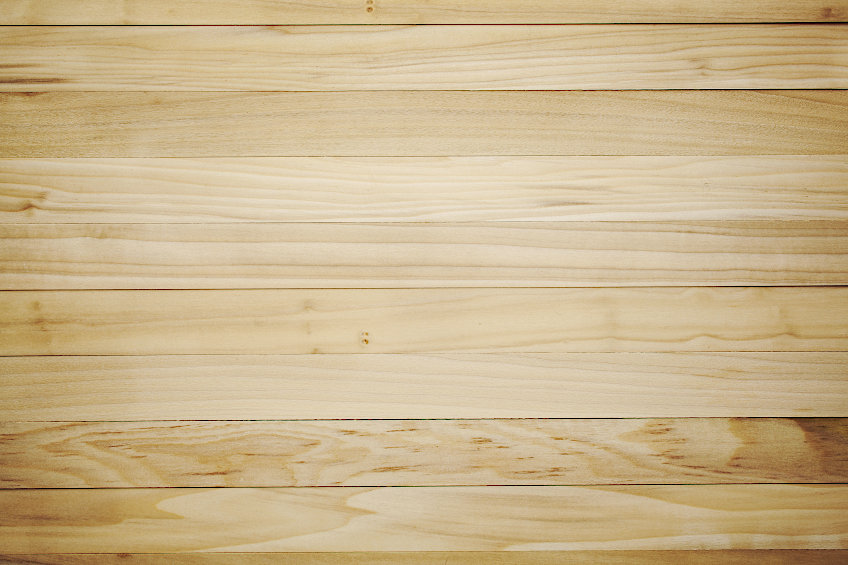
Although there are many variations of the poplar wood species, they are typically sold in two common grade variants which are either moderately priced or really cheap. The final variation is known as “prime” grade poplar board, which tends to be a bit more expensive and can be a bit of a hassle to find unless you know a supplier willing to keep some aside for you.
In recent years, poplar wood has become quite popular in the plywood industry as various veneers can be layered to create a pretty tough board. These boards can be used for applications like flooring, shelving, doors, window ledges, and if treated correctly, even a light-duty deck for your home!
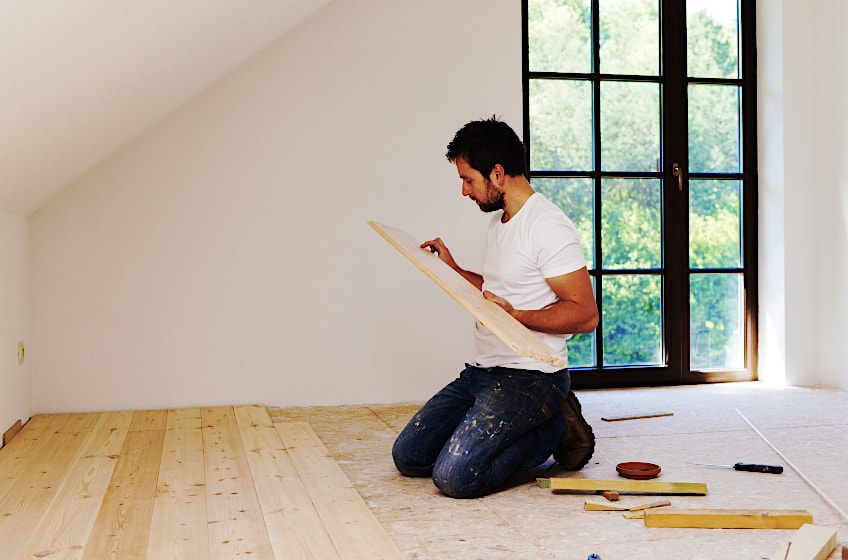
Pine Tree Wood
Pinewood is one of the more recognizable wood types on the market, in fact, if you ever had the “arbor day” experience when you were little, the chances are you know quite a bit about pine trees and the wood that they produce. Pine trees can be found all over the country, and more surprisingly they can be found all over Europe too.
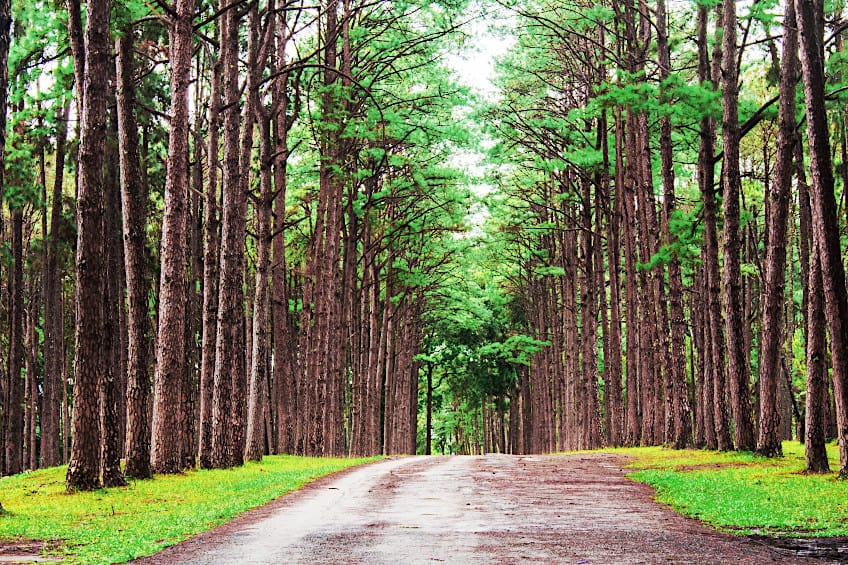
There are too many variations of pine to mention, but they share a lot of the same characteristics just like the poplar tree we mentioned previously. Pine is one of the most popular wood types in the US, rivaled only by poplar wood, although pine wood is arguably more popular in the commercial construction industry compared to polar in most states.
Why? Considering the fact that pine board is readily available, durable, has incredible tensile strength, and is easy to manipulate aesthetically, you would be hard-pressed to find another wood that could tick all of these boxes (aside from poplar, of course). There are three types of pinewood that are primarily used in the construction industry, so let’s have a look at them and their respective characteristics.
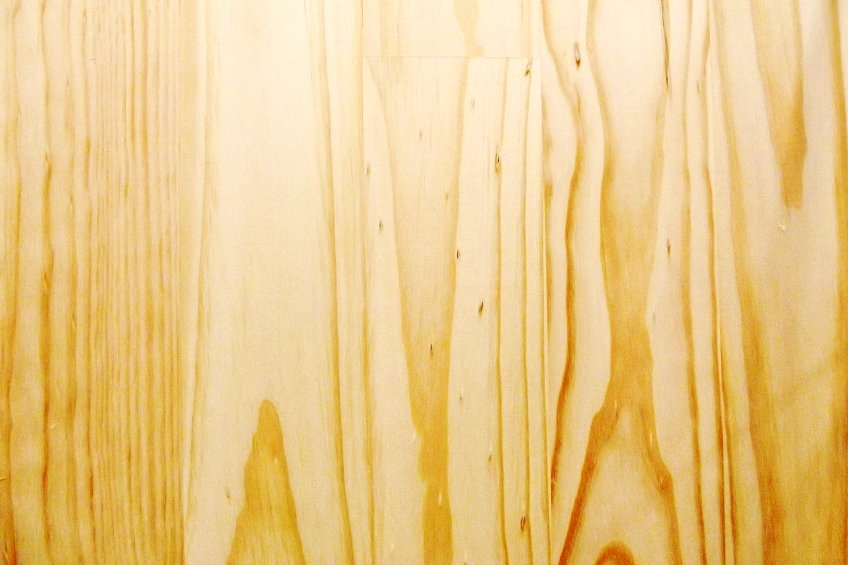
Soft Pine Woods
We mentioned previously that the denser a wood is the harder it is to work with and that it is typically heavier compared to woods with a grain that is sparsely spaced out. Soft pine has a grain that is spread out pretty evenly, and therefore it is significantly lighter than some of the other pine variants.
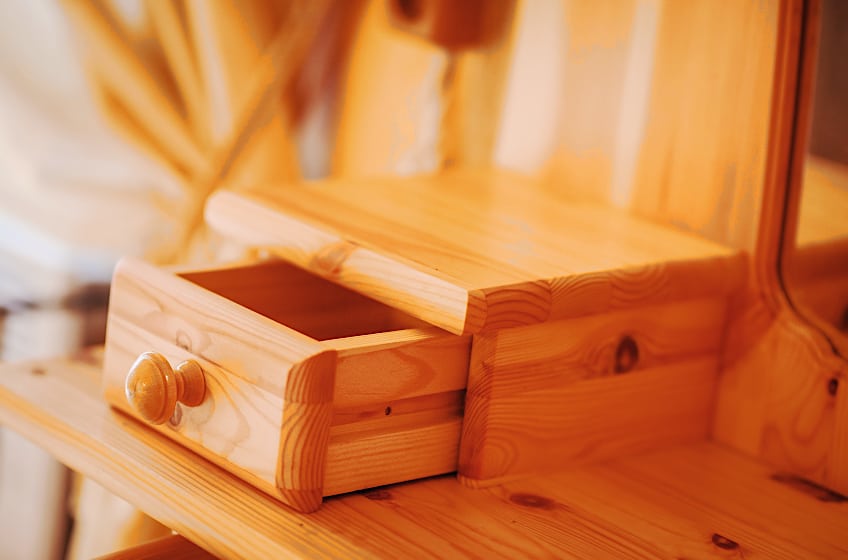
Soft Pine is really easy to work with and is usually fashioned into decorative furnishings or practical ones like sofas, chairs, or tables. These furnishings aren’t particularly heavy-duty as soft pine is not the strongest wood on the market, but it definitely gets the job done. This wood is readily available and is produced from Sugar pine, Western White pine, and Eastern White pine trees respectively.
Hard Pine Woods
As the name would suggest, this pine wood is of the harder variety and therefore is used for applications that require load-bearing or general structural support is required. The wood’s tensile strength is a direct result of its density which is illustrated by its tightly packed grain, and this grain can vary in color and composition from the heartwood to the sapwood of a given tree.
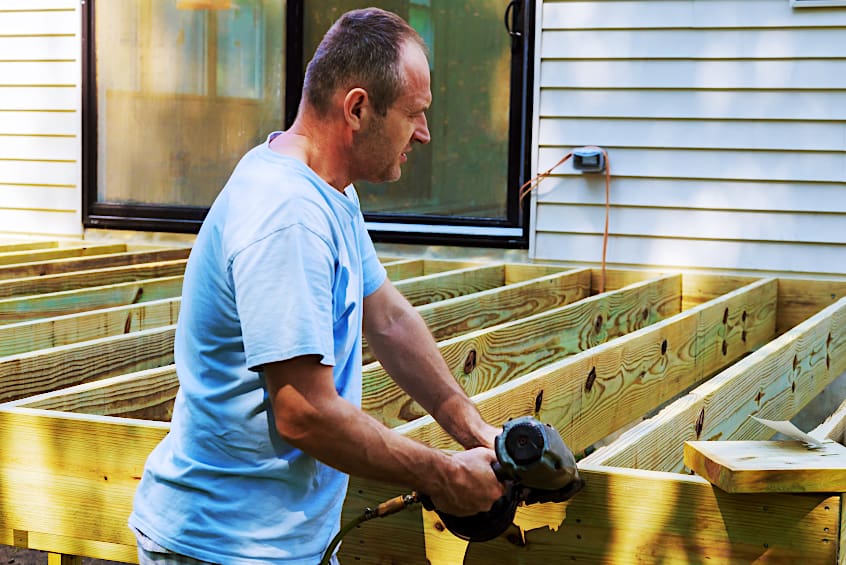
These trees fall into two distinct groups, namely Southern Yellow pine trees and Western Yellow pines which are vastly different from one another and are therefore used for wildly different applications. Southern Yellow pine can be isolated to the following species of trees:
- Slash pine trees
- Shortleaf pine trees
- Longleaf pine trees
- Loblolly pine trees
- Table Mountain pine trees
- Pond pine trees
- Virginia pine trees
Western Yellow pine is not as popular as the aforementioned Western variant due to it not being quite as strong or easy to work with compared to the Western variant. This subspecies can be characterized as being the middle sibling of soft pine and hard pine wood, not quite falling to either end of the spectrum enough to be used for their respective applications.
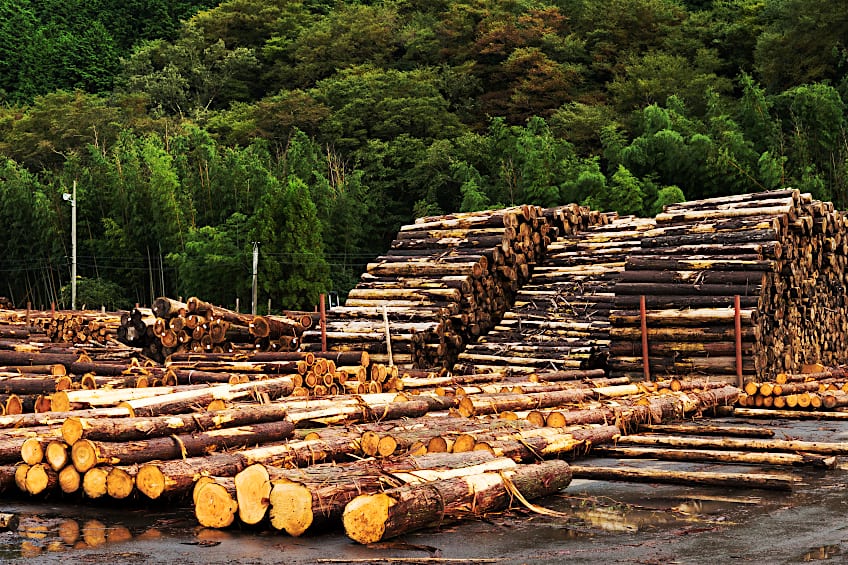
Although this species of pine is hard to distinguish from the aforementioned two species, it is still used in commercial construction but only for intermediate applications and is always marked with an identifier to alert workers to the grade of wood being used. Western yellow pine can be found in the following species of tree:
- Lodgepole pine trees
- Ponderosa pine trees
There are lots more pine variants and subspecies but if we were to name them all this article would read a lot like a Wikipedia page, and since that already exists, we thought it would be best to leave you with the highlights and stick to getting to the bottom of which wood is better in the poplar wood vs pine argument. This being said, let’s have a look at how these two woods perform on a practical level and how they stack up against one another in a head-to-head comparison.
What is Poplar Wood Used For?
What is poplar wood used for? We mentioned previously that there are a number of uses for poplar wood. One of the lesser-known uses for poplar wood, especially among the crafting community, is that it is primarily used to make paper.
That’s right, poplar wood is one of the main sources of paper in the United States and has been for some time, but its uses don’t end there. Poplar wood comes in a vast variety of different grades, each with its own range of applications and quality that determines its price and availability on the market.
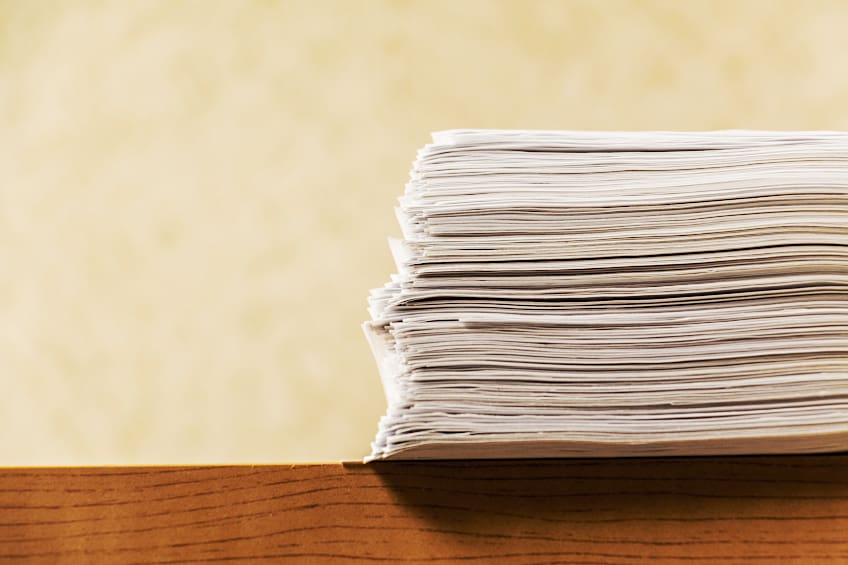
Lesser grades are used to create plywood or veneers, whereas prime grade poplar can be sold for a pretty penny to the right buyers. This wood is also one of the more pliable wood types, this means that it can be easily bent and molded because of its natural moisture levels. What do we do when we can bend wood without breaking it?
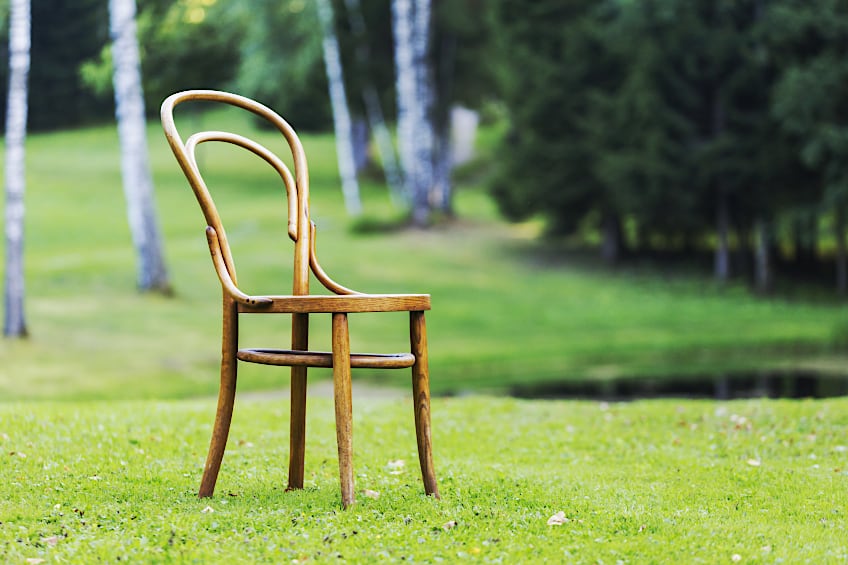
Well, aside from making dog sleds, we use these types of wood to make musical instruments like guitars, pianos, and violins. The wood of the poplar tree is not its only valuable resource, in fact, the bark of a poplar tree can be used in the process of tanning leather due to the minerals contained within it.
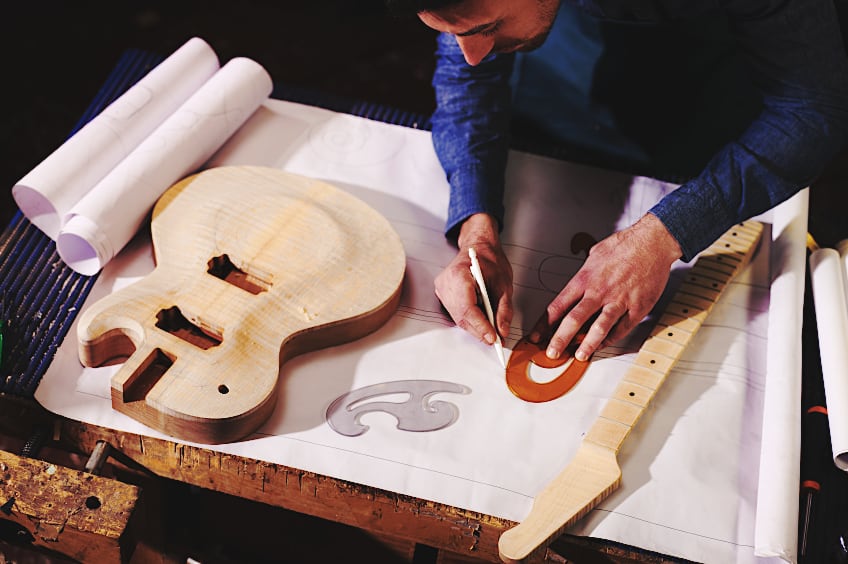
Aside from functional applications, poplar wood can be used to fashion things like photo frames, clocks, decorative shelving, utensils, and other items that don’t require great tensile strength.
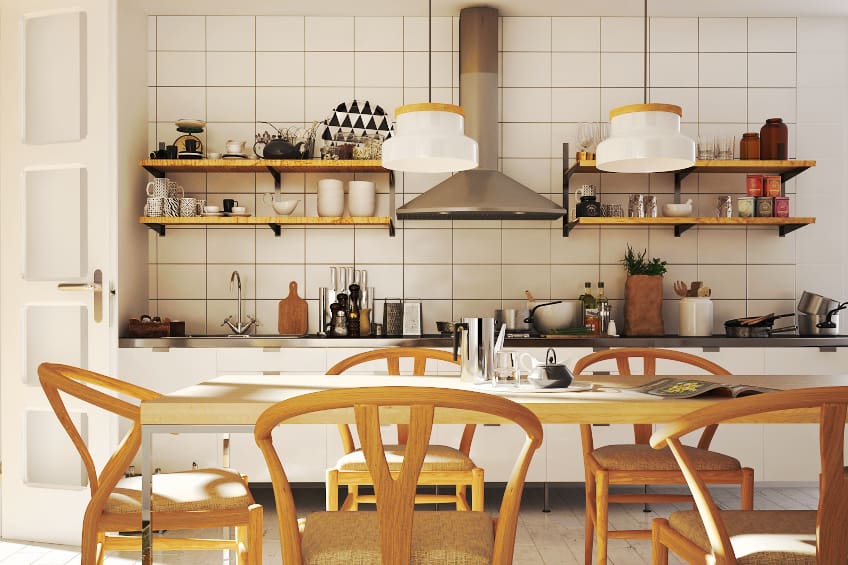
What is Pine Wood Used For?
Pinewood can be characterized as the heavy-duty wood between the two, seeing applications in the construction industry and in furniture design. This wood can be used to fulfill load-bearing functionality and can be used for paneling such as window frames, flooring, ceiling boards, and struts for medium load application. This is great news for you because the price of pine is really cheap compared to other woods that are used for these applications, and the aforementioned barely scratches the surface of what can be done with this amazing board.
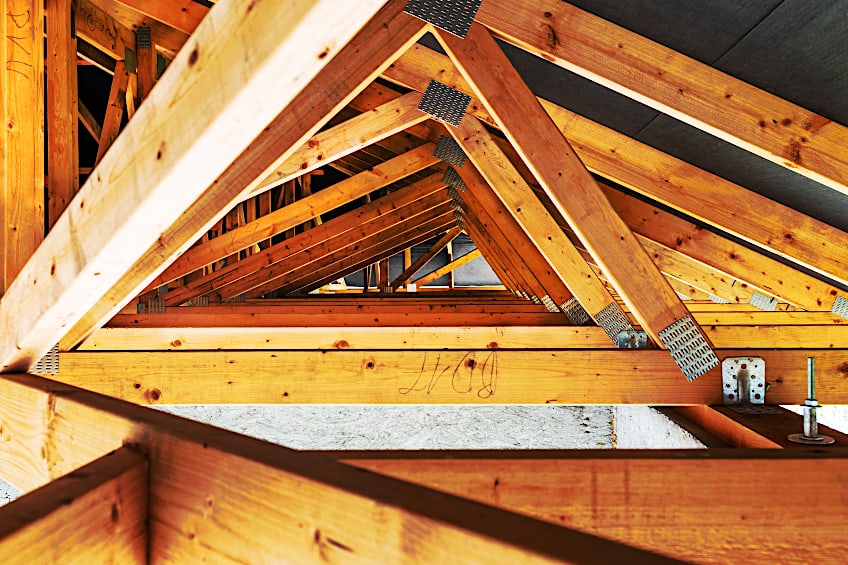
Pine trees aren’t just valued for their wood alone. Much like poplar trees, they have something more to offer, namely pinecones which can be used for their seeds, for crafting projects, or as fire-starters.
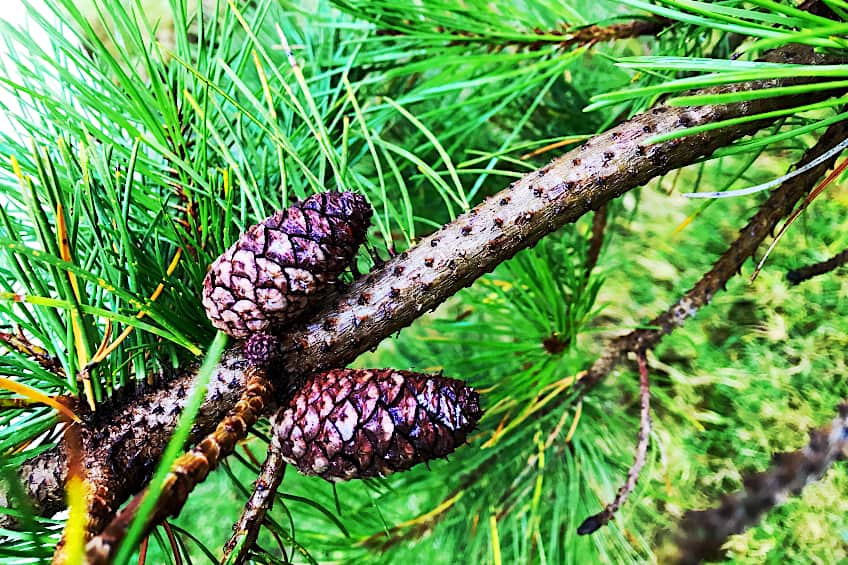
Although pine trees are large and can be used for a number of hard-wearing applications, it doesn’t have particularly good resistance to exterior forces. Which forces are we referring to? Well, even though its resistance to UV damage is average, it doesn’t do particularly well when saturated with moisture or when facing insect infestation. This being said, there is a way to get around this issue. The type of pinewood used for applications where it would be at risk of coming into contact with excessive moisture or insects is normally pressure treated.
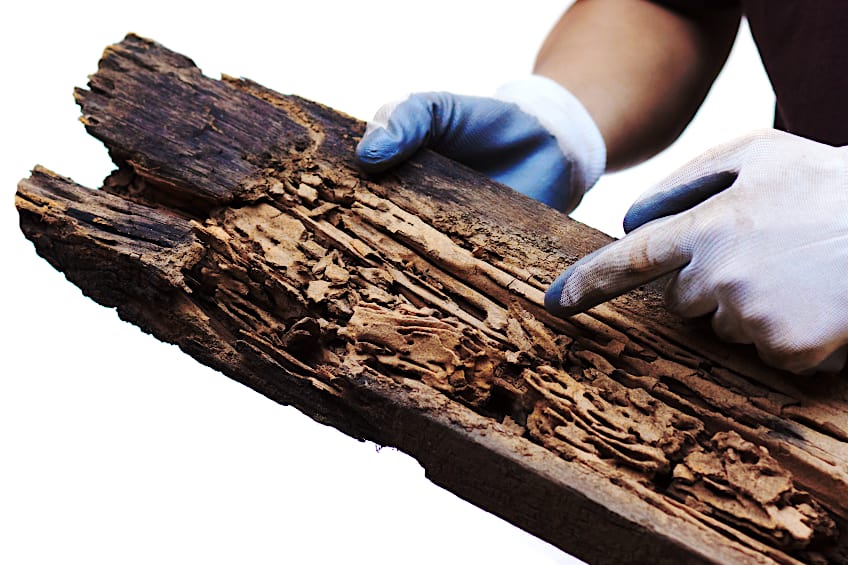
You would expect pressure-treated wood to be way more expensive than the regular kind, but due to the balance in supply and demand of this particular wood, it is still reasonably priced even when pressure treated. One application in particular where pressure-treated pine wood is most common would be when building a deck, this protects it from the elements in addition to potential rot.
How Durable are These Woods?
You might expect since these woods are used for similar purposes that they would be similar in durability, but this is (unfortunately) not the case. Poplar wood is really soft, which is what makes it so easy to work with.
Softer woods like poplar generally aren’t as durable as woods that are a bit denser, but this doesn’t mean that there aren’t treatments available to counteract this drawback. A neat trick for making your polar wood more durable is to stain or varnish it which will not only make it a bit more robust, but it will also improve the wood’s appearance.
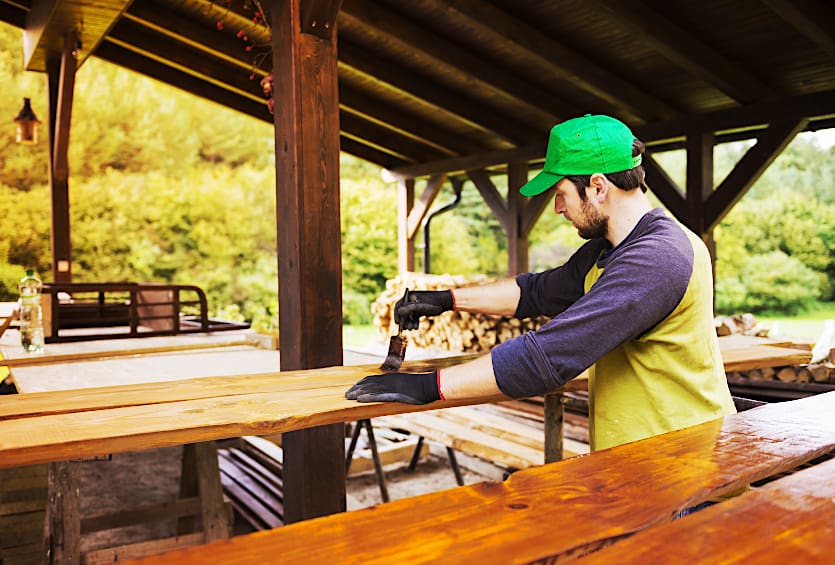
Pine on the other hand is very different from poplar when it comes to the topic of durability. Remember that pine is much denser wood compared to poplar which means it’s harder to work with, but it’s also harder for things like insects and moisture to degrade the wood’s fibers. This is deeply dependent on the type of pine wood that is being used, but since yellow pine is the most commonly used in applications where durability is needed, it’s safe to assume you’re probably going to use this kind.
How do They Match up in Appearance?
A wood’s appearance can be a big factor in deciding how and where it is used. Poplar wood is light in appearance, with the heartwood being a cream color and the sapwood being a lighter version of this, poplar wood is typically used for interior furnishings with little to no load bearing function.
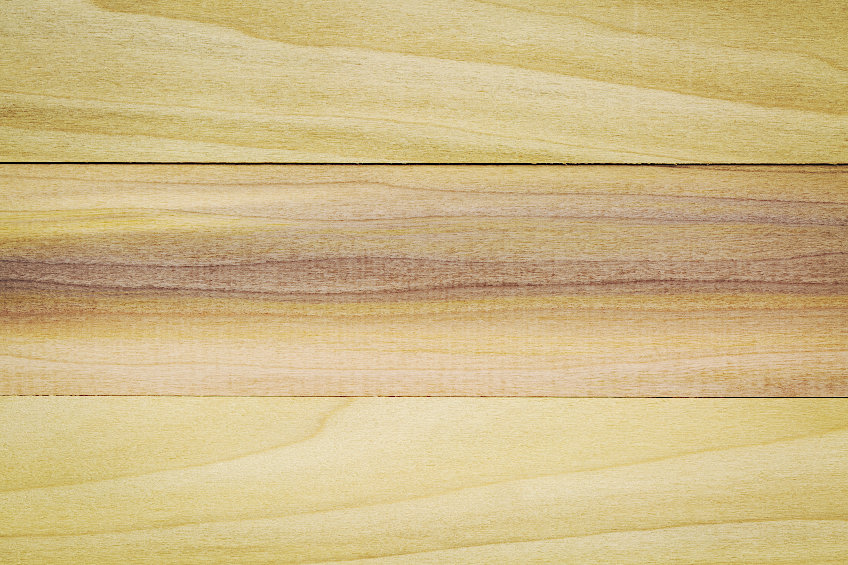
Why? Most modern interior designs favor lighter wood colors to make the space feel bigger and more “open”. This wood is also easily treated and can become lighter or darker while maintaining the same base tone which is great for ornate designs.
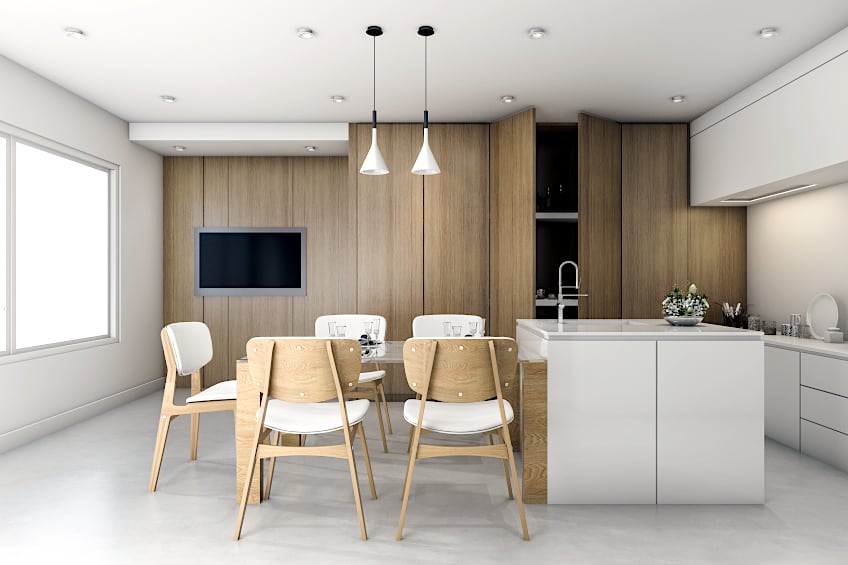
Pinewood is basically the polar opposite of poplar wood when it comes to aesthetics. As we mentioned previously, pinewood heartwood is really dark in appearance, with the sapwood appearing yellow and red in most cases. Pinewood is really special because it (depending on the amount of light it is exposed to) becomes darker over time.
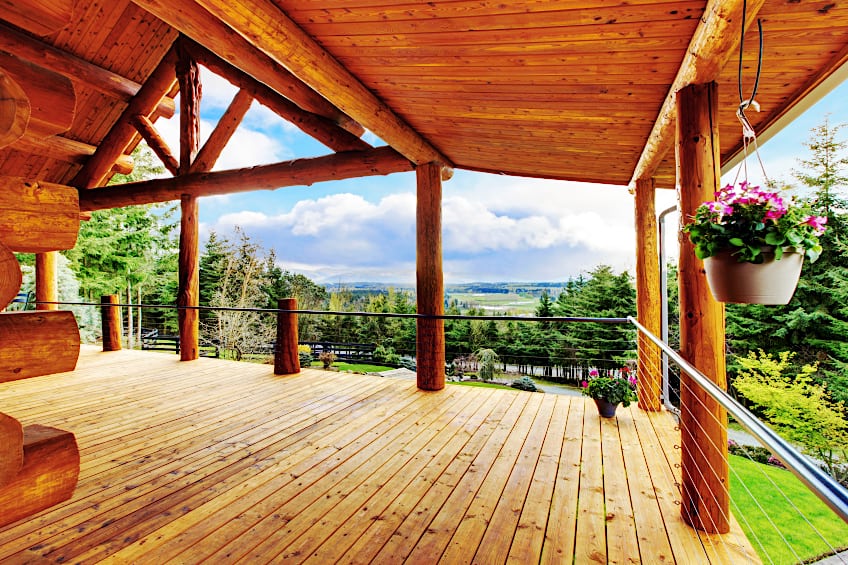
Which is Easier to Work with?
When it comes to crafting or the commercial industry, whether or not a wood is easy to work with can make or break a sale. Poplar wood is one of the easiest woods to work with, ironically the reason that it is so easy to work with is the same reason that it isn’t suited for more robust applications.
Poplar wood has a medium grain density, which means that you can cut, work, and mold it to your preference with nowhere near the amount of effort it would take to manipulate other woods.
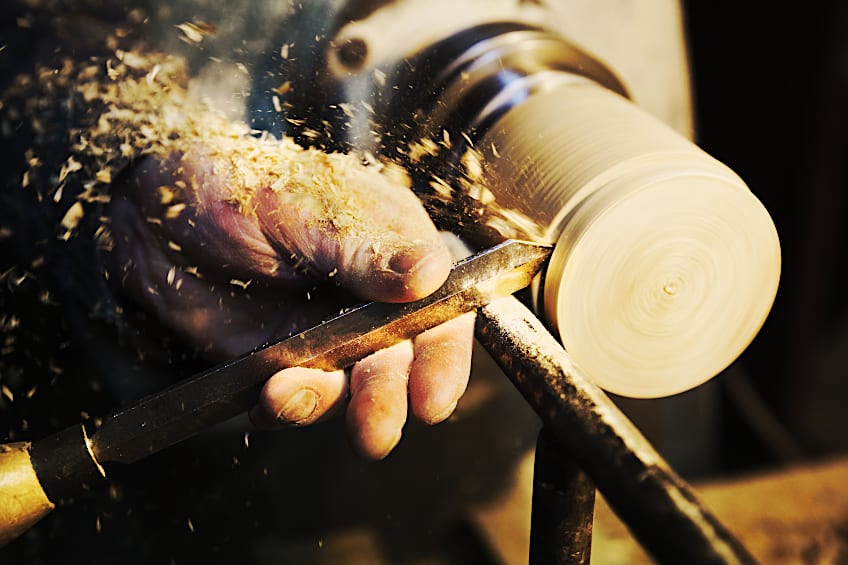
Pinewood on the other hand can be a bit more of a challenge to work with. This is entirely dependent on what species of wood you are working with, but since this wood is much denser than poplar wood it is relatively more challenging to manipulate than poplar wood.
Compared to other woods used for the same applications, this wood is still a much better option and should not be taken lightly. Choosing between these two kinds of wood can be challenging, but it usually just boils down to what exactly you’re trying to accomplish.
| Category | Poplar Wood | Pine Wood |
| Appearance | Heartwood cream Sapwood white | Heartwood dark red Sapwood yellow/light red |
| Workability | Light and easy to work with Low density | Medium density and moderately easy to work with |
| Durability | Not very durable | Highly durable |
| Applications | Furnishings Ornaments Crafting | Furnishings Construction Ornaments Crafting |
| Availability | Readily available | Readily available |
| Strength | Low tensile and shear strength | High tensile strength and medium shear strength |
| Price | Reasonably priced | Reasonably priced |
Now that you know the key characteristics of both kinds of wood, as well as their respective applications, their strengths, and weaknesses, and how they match up against one another, it’s time for you to get out there and put your newfound knowledge to the test. Remember that the best wood is the one that suits your application the best.
Frequently Asked Questions
Is Poplar a Hardwood?
Is poplar considered a hardwood? Poplar is a hardwood but not in the same way that woods like redwood are hardwoods. Poplar is best categorized as a medium-density hardwood because it is easy to work with. Because of the species of tree Poplar wood is derived from, it would be technically inaccurate to call it a softwood.
Is Poplar Wood Strong?
How strong is Poplar Wood? Although poplar wood is relatively strong, and is classified as a hardwood, and it doesn’t really measure up particularly well to other woods in the hardwood class. This being said, it’s not exactly a wet paper towel, and can still be used for moderate load-bearing applications.
How Hard is Poplar Wood?
Poplar hardness is one of the most talked-about characteristics of the wood. Despite it being one of the most used woods around, those unfamiliar with it often query poplar’s hardness because of its really light color, which can indicate low density. Although poplar has a relatively low density, it is still fairly hard and can handle moderate load-bearing applications.

I have been into woodworking since 2005 and woodturning since 2011. Because of my love for wood and woodworking, I started woodhappen.com to teach other enthusiasts about how to finish and seal wood, the best woodworking tools, the different types of wood, and everything else related to woodworking! Read more about me here.


